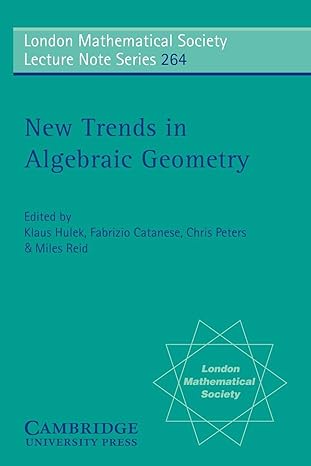1.Quadrilateral ABCD is located at A(2, 2), B(2, 4), C(2, 4), and D(2, 2). The quadrilateral is then transformed using the rule (x+2,y3) to form
1.Quadrilateral ABCD is located at A(2, 2), B(2, 4), C(2, 4), and D(2, 2). The quadrilateral is then transformed using the rule (x+2,y3) to form the image A'B'C'D'. What are the new coordinates of A', B', C', and D'? Describe what characteristics you would find if the corresponding vertices were connected with line segments.
2.Make a proof to show that the diagonals of a parallelogram bisect one another. Be sure to form and name the appropriate geometric figures. This figure does not need to be submitted.
3.Parallelogram RSTU is constructed with line AB drawn through its center. If the parallelogram is dilated using a scale factor of 4 and a line is drawn through the center of the new dilated figure, what relationship will the new line have with line AB? Explain your reasoning using complete sentences.
4.A kite is a quadrilateral with two pairs of adjacent, congruent sides. The vertex angles are those angles in between the pairs of congruent sides. Prove the diagonal connecting these vertex angles is perpendicular to the diagonal connecting the non-vertex angles. Be sure to FORM and NAME the appropriate geometric figures. This figure does not need to be submitted.
Step by Step Solution
There are 3 Steps involved in it
Step: 1

See step-by-step solutions with expert insights and AI powered tools for academic success
Step: 2

Step: 3

Ace Your Homework with AI
Get the answers you need in no time with our AI-driven, step-by-step assistance
Get Started


